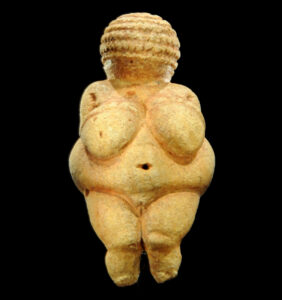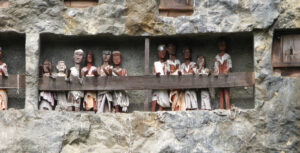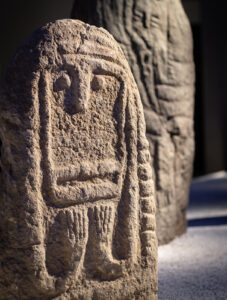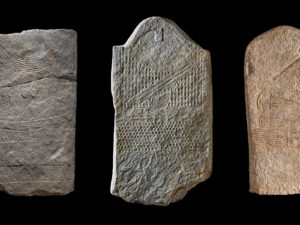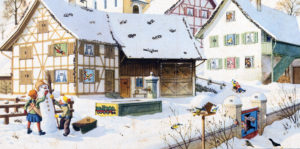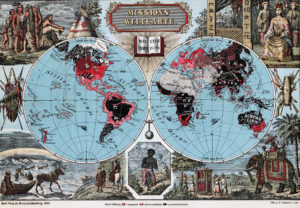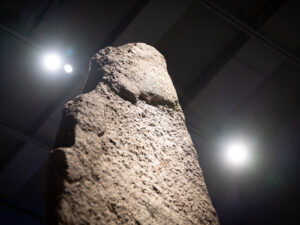
Birth of the gods
5,000 years ago, people in Europe began erecting stone stelae in the shape of humans. These monuments were likenesses of ancestors that served to unify and nourish the village community through rituals, and legitimised land ownership.
